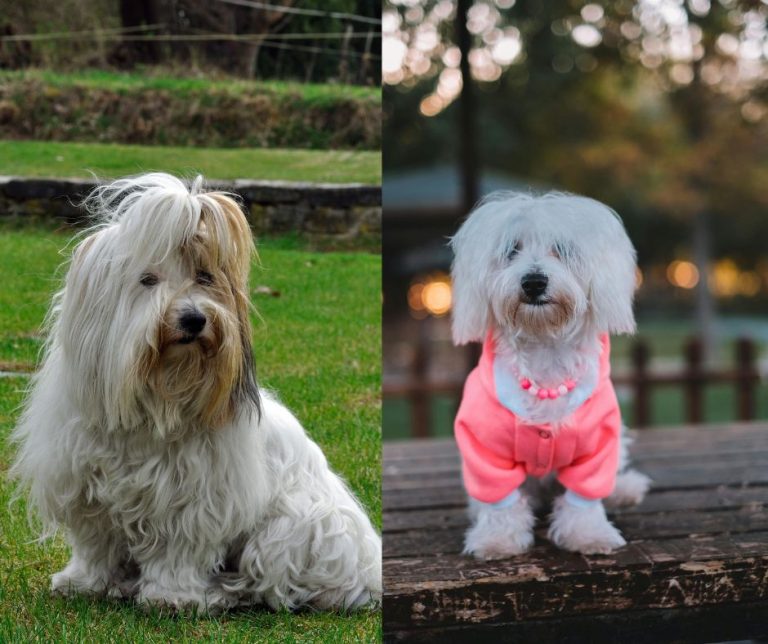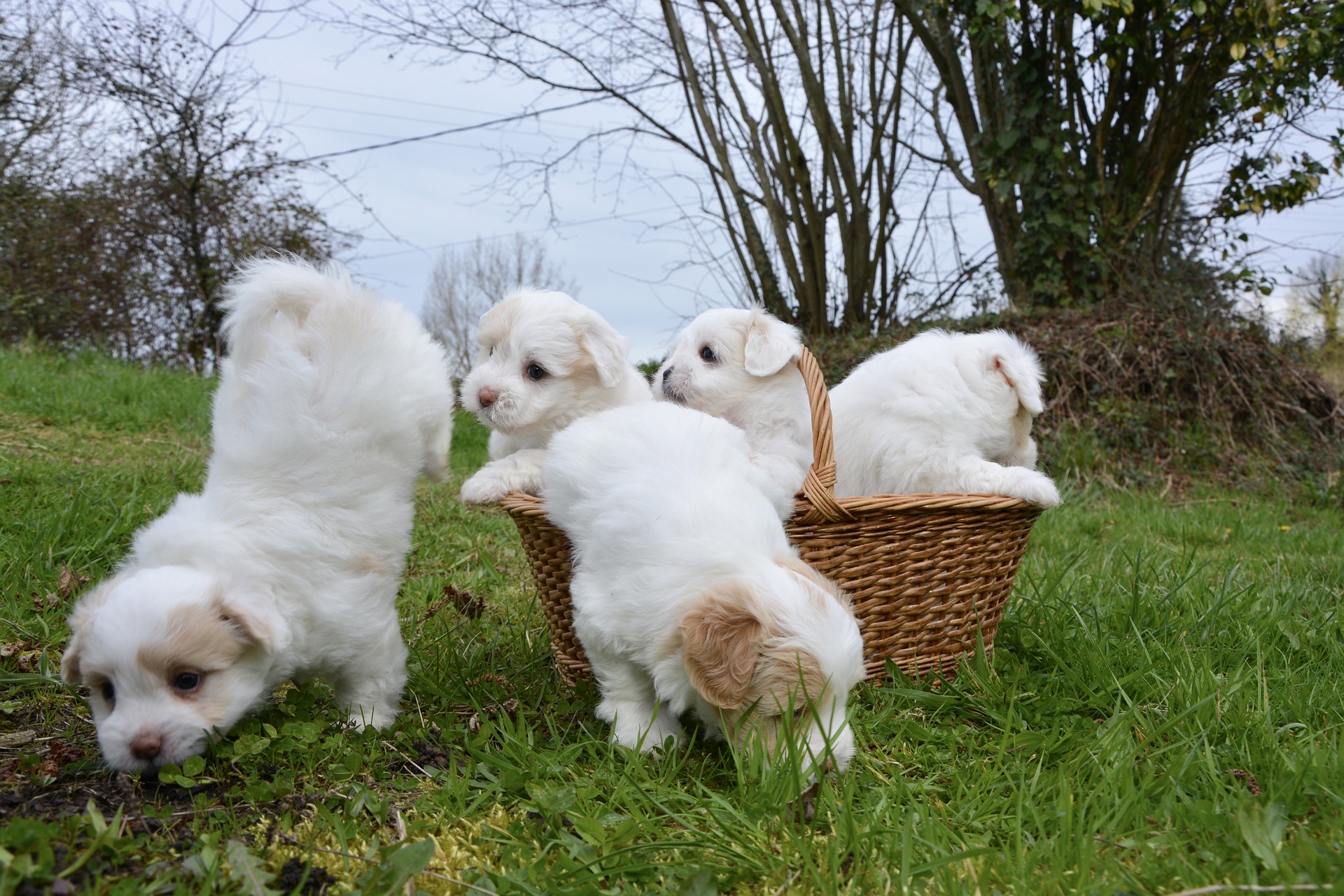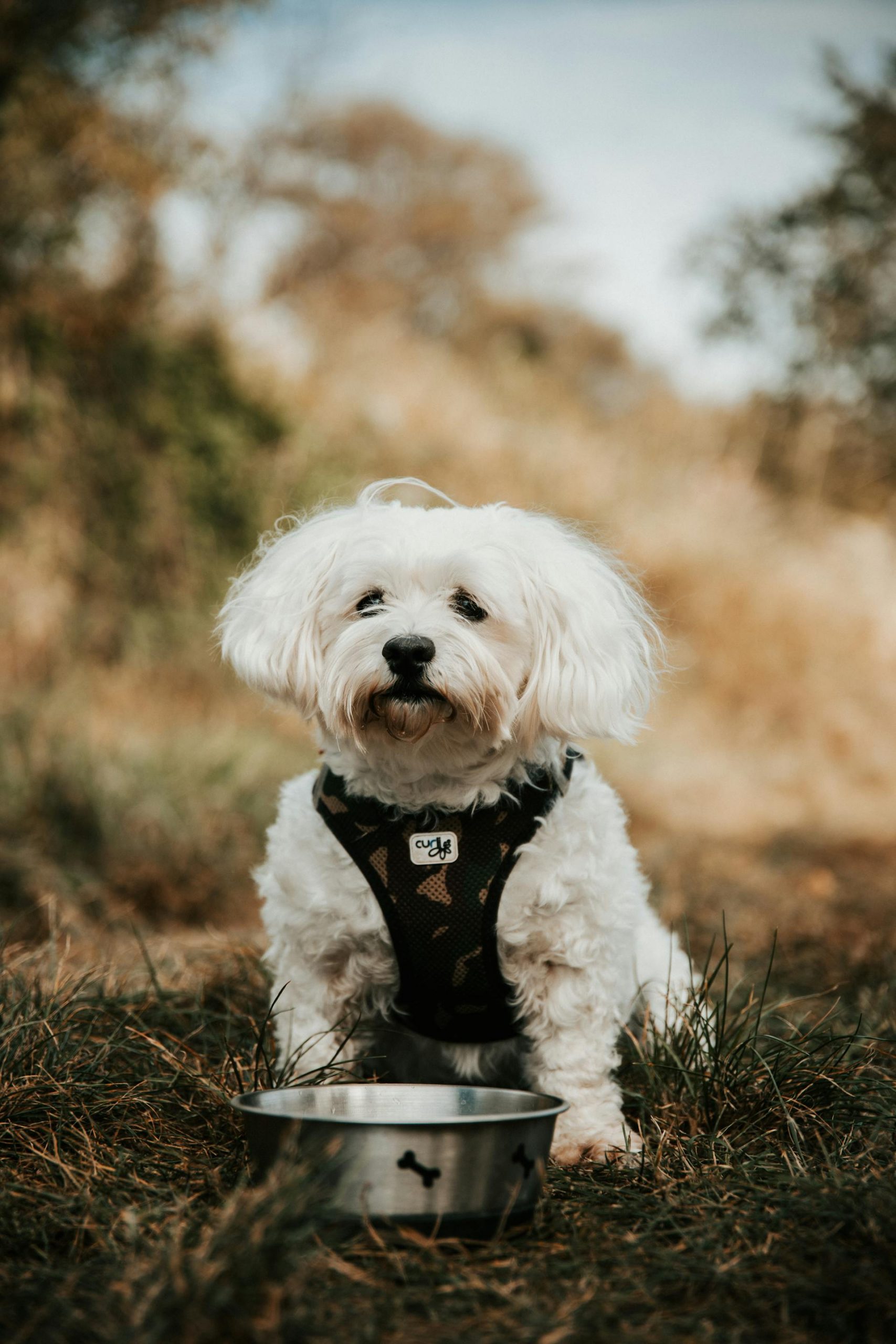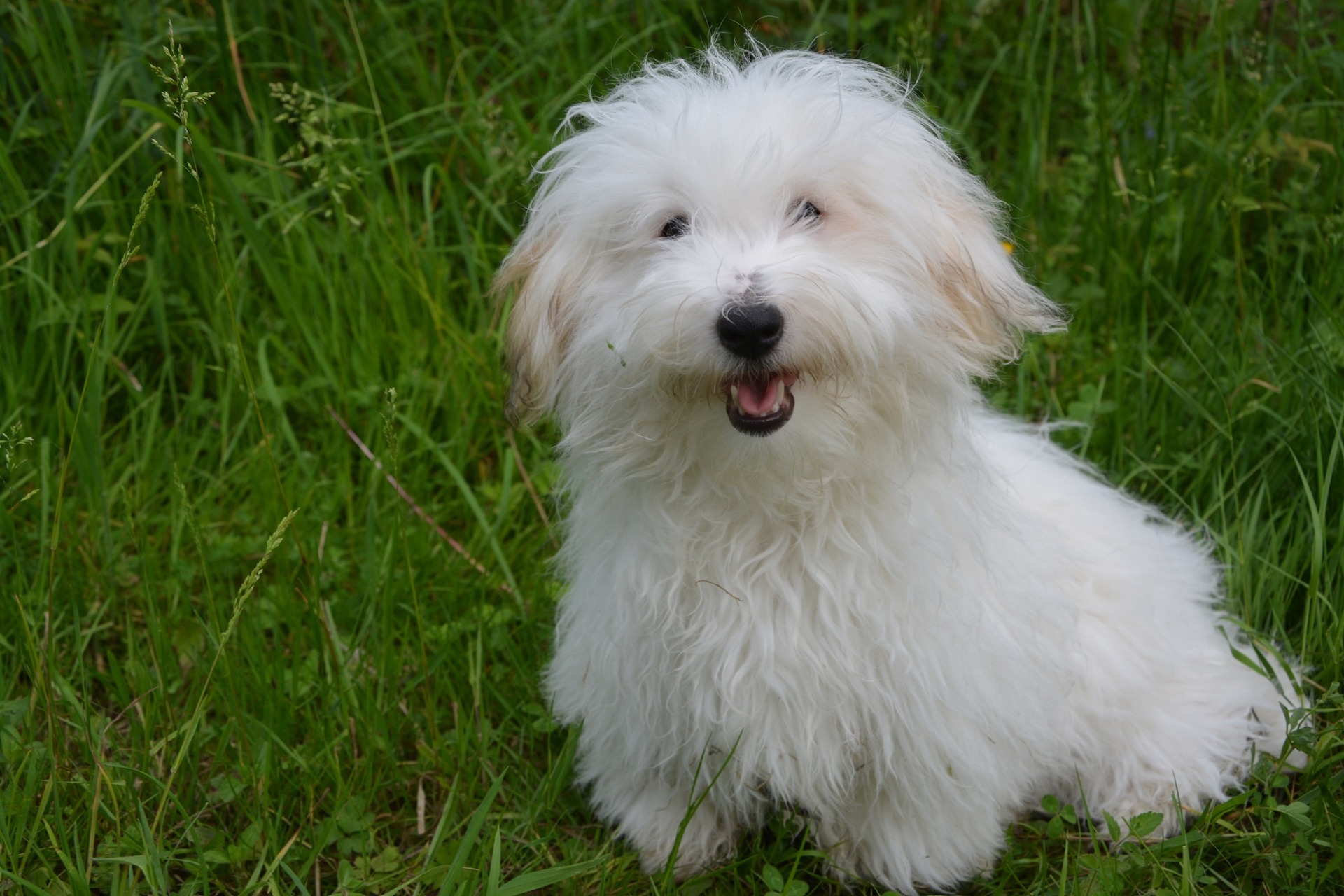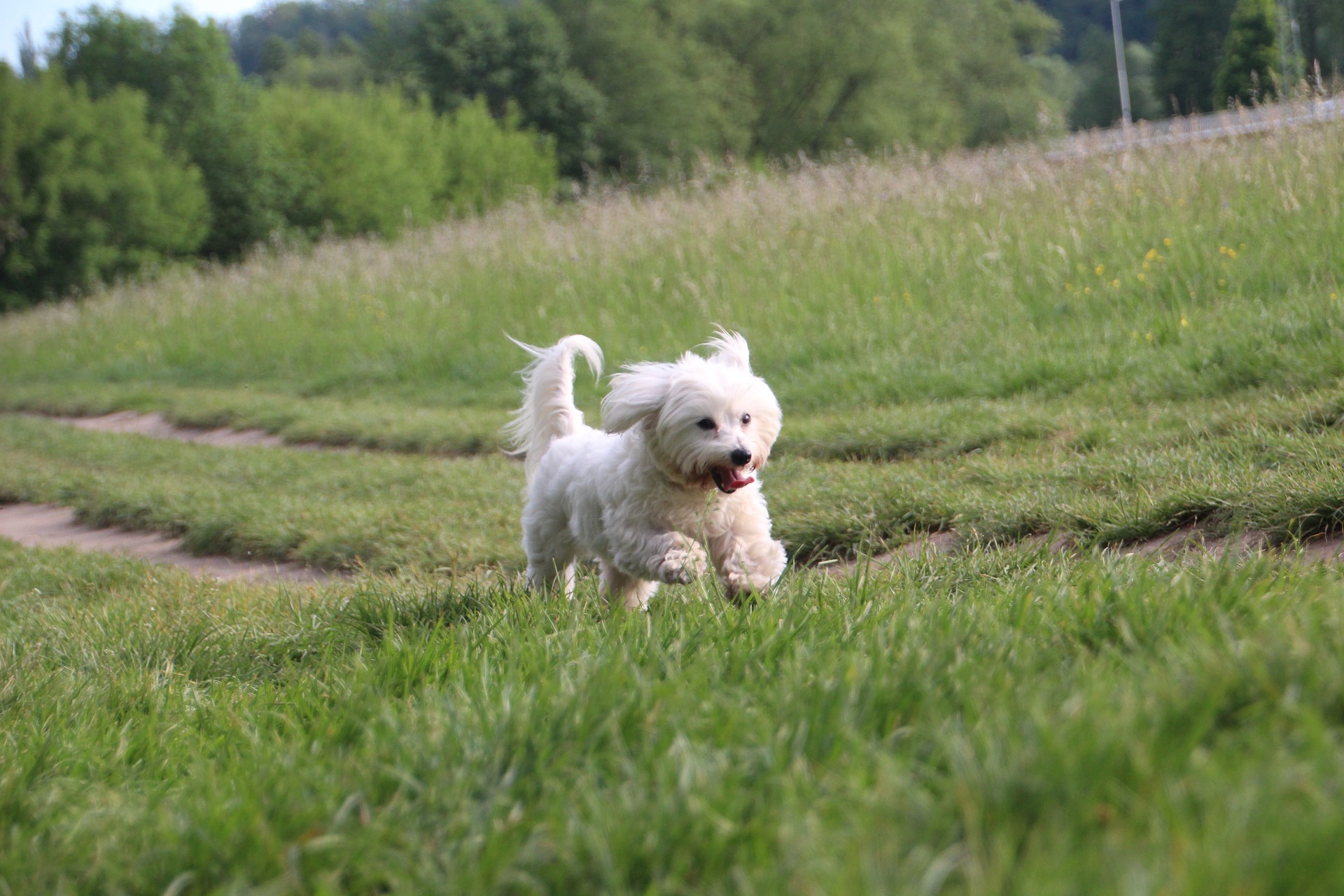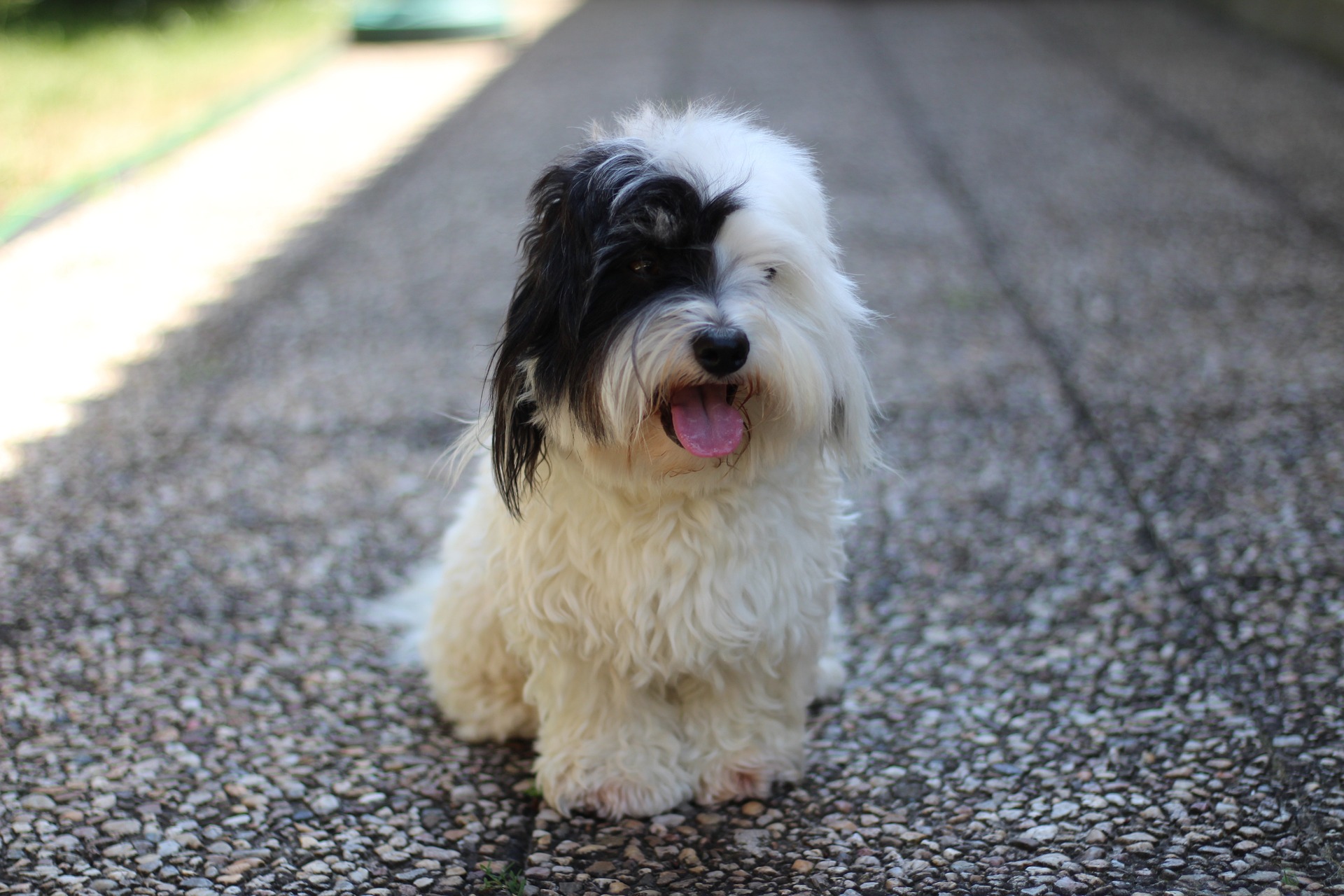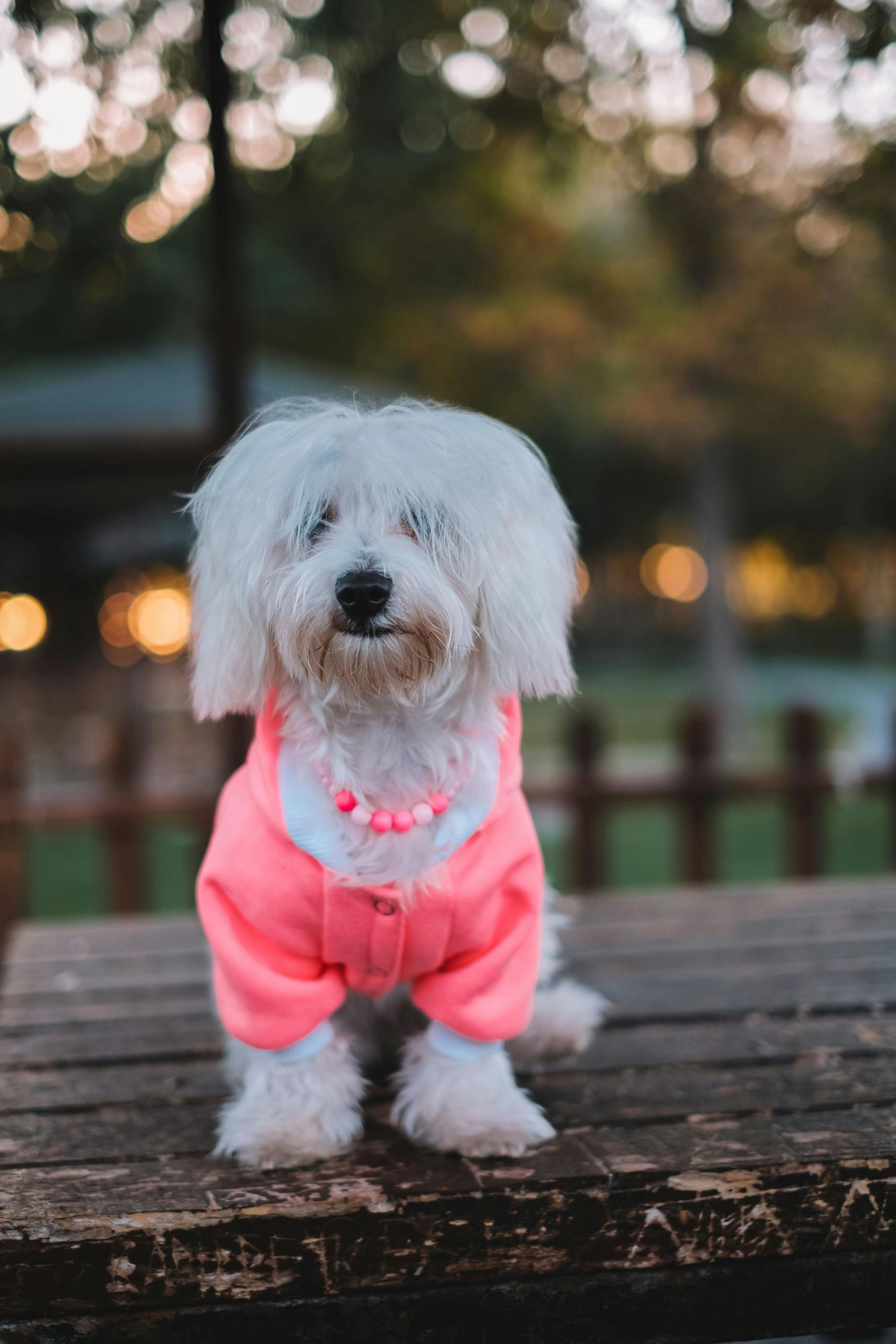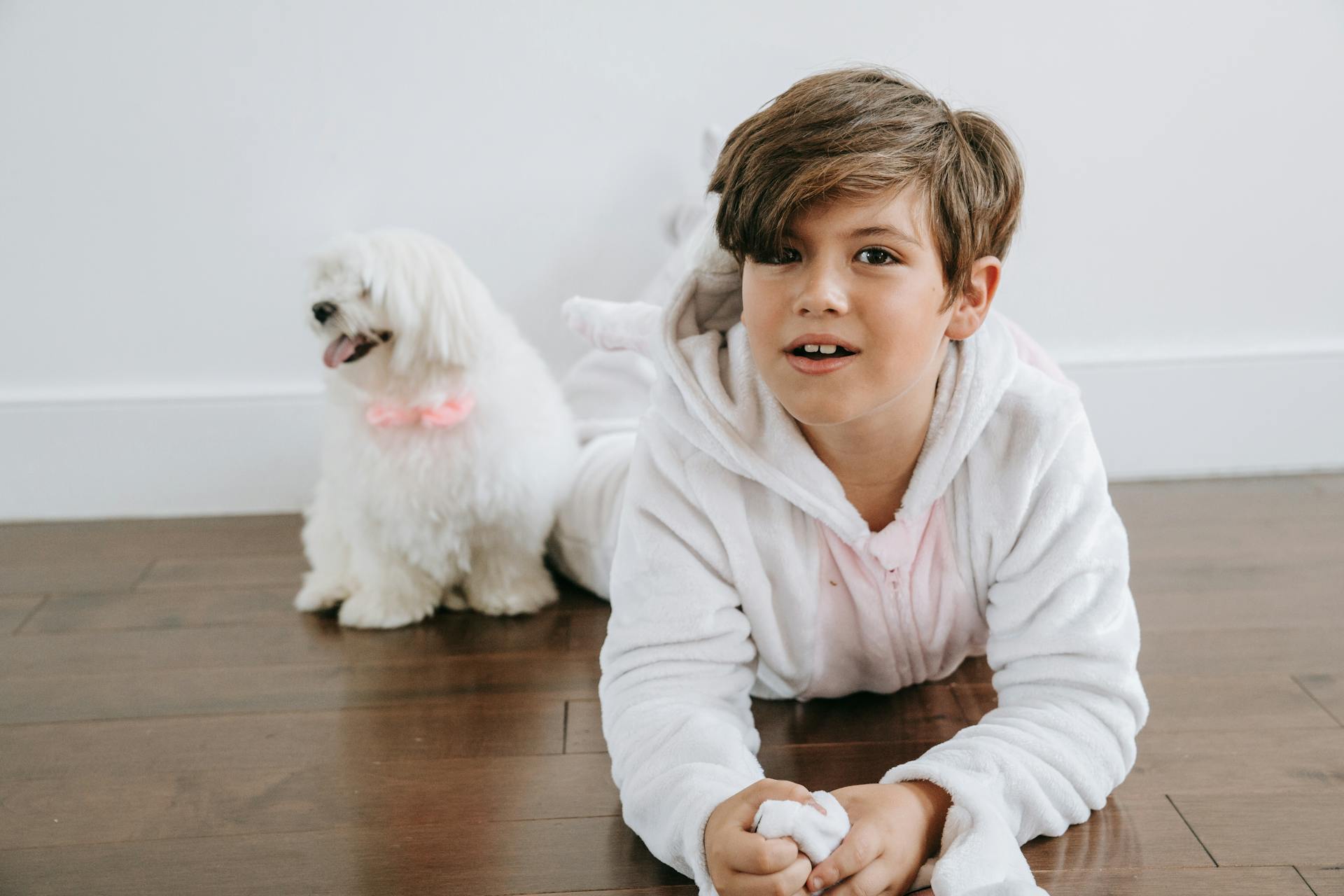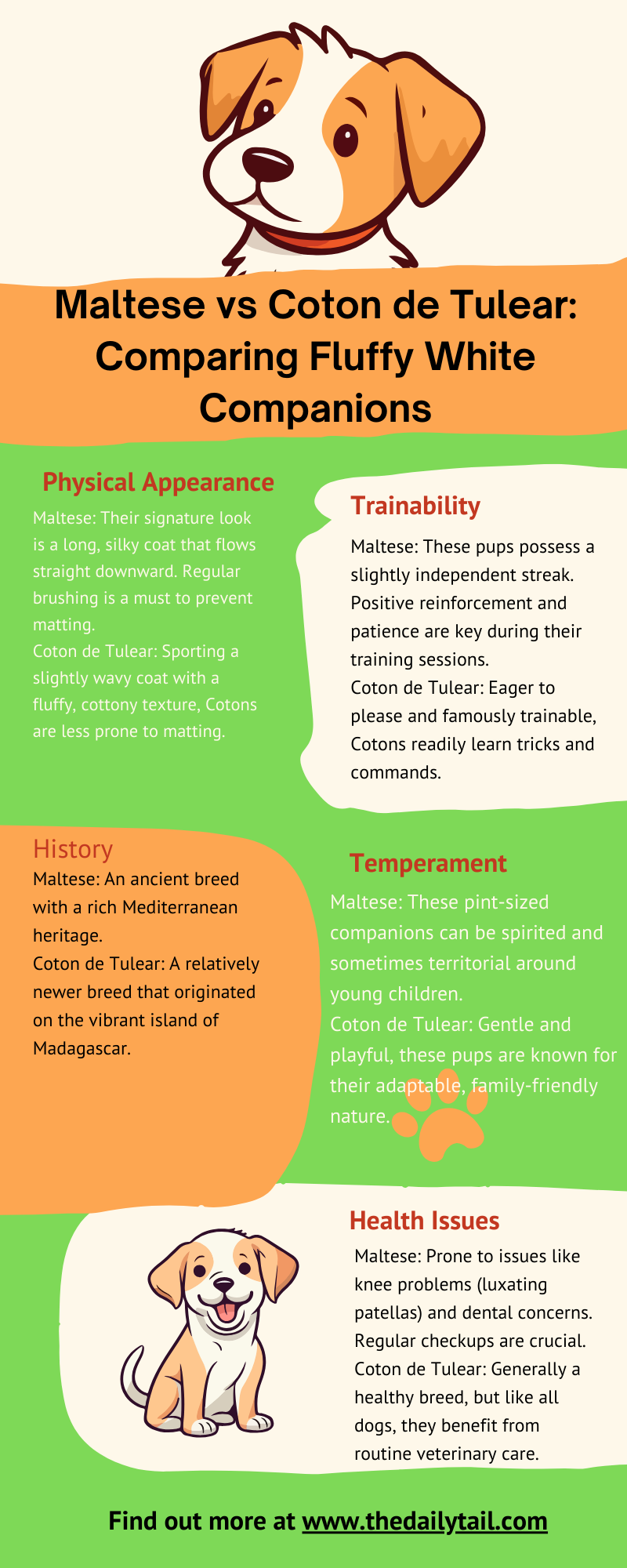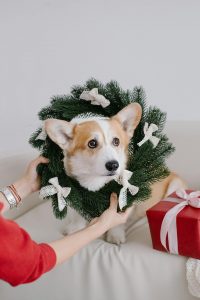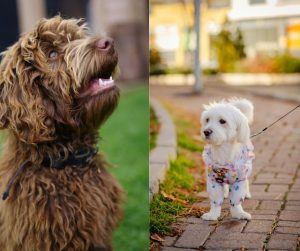The past several years have shown that pet parents in the United States are looking for lower-maintenance breeds. They want a companion that will bring joy to the household, but they are not ready for the big commitment in terms of walking. And, more and more prospective dog owners are looking for hypoallergenic dog breeds.
It is no surprise that the French Bulldog made it to the Number 1 on the list of most popular dog breeds in the US by the American Kennel Club. Now, the Frenchie is in no way a hypoallergenic dog breed. But the trend is obvious. Small, apartment dog breeds are becoming the new norm.
Now, Maltese and Coton de Tulear do not fall within the top 10 most popular dog breeds. But they are a common choice for pet parents looking for a low-maintenance dog breed. And with the rise of dog influencers, these two are getting noticed. Maltese puppies, Shih Tzu puppies, Bichon Frise puppies, and similar are the new trend for Instagram.
With that in mind, today, I want to look at the breed comparison between Maltese vs Coton de Tulear dog breed. Which of these two fluffy white dogs is your choice? Whenever we talk about breed comparison, we have to begin with history, and then look at temperament, training needs, physical appearance, health risks, exercise needs, and more. Once you understand each of the dogs, you can make an informed decision about which puppy will serve your household.
And, as a longtime dog owner, I want to help you make that decision. Let’s go and find you a perfect small dog companion.
Key Takeaways
- Maltese and Coton de Tulear dogs have distinct histories and personalities but are both affectionate and suitable for various households
- Maltese are smaller and have a fine, straight coat, while Cotons are slightly larger with a cotton-textured coat
- Both breeds require regular grooming and enjoy being active, showing their trainable and playful characteristics
Origin and History
When digging into the backgrounds of the Maltese dog and the Coton de Tulear, one finds a rich tapestry of history that spans across the sunny Mediterranean Sea to the intriguing island of Madagascar.
The tales of these breeds are as captivating as they are diverse, each with its unique ancestry that contributes to their current-day charm.
The Maltese Dog
The Maltese dog carries an ancient legacy that begins in the Mediterranean region. This small, sprightly companion traces its roots back thousands of years, possibly as early as 1000 BCE, and the breed is named after the island of Malta.
Historians believe they were a favorite among the islanders and were later adored by noblewomen across Europe for their companionable nature.
Renowned for its long, flowing white coat, the Maltese has links to other similar breeds, like the Bichon Frise, which together form a group often admired for their fine, silky fur and gentle demeanor.
The Coton de Tulear
The story of the Coton de Tulear is quite different, yet just as fascinating. They hail from Madagascar and, although not as ancient as the Maltese, their history on the island of Madagascar is quite notable.
It’s thought that the Coton arrived there through seafarers, perhaps even by French visitors. Their cotton-like coat is the breed’s standout feature, giving them not just their name but also a distinctive, soft touch.
Adapted to various climates, this adaptable canine has captured hearts with its playful and affectionate nature.
Physical Characteristics
When comparing the Maltese vs Coton de Tulear, you can notice several distinct physical traits that set them apart. They’re both small, adorable pooches with white coats that can capture the heart of any dog lover, but it’s the finer details in their appearance that really highlight their differences.
Size and Build
Maltese:
- Weight: Typically under 7 pounds
- Height: 7 to 9 inches at the shoulder
Coton de Tulear:
- Weight: Ranges from 8 to 15 pounds
- Height: Stands about 10 to 11 inches at the shoulder
The Maltese is known for its more petite frame, while the Coton de Tulear tends to have a sturdier build.
Coat and Colors
Maltese:
- Coat: Single-layer, long white coat that is silky to the touch
Coton de Tulear:
- Coat: Fluffy, cotton-like double coat
- Colors: Mostly white, can also have shades of grey or black
Both breeds have a white coat that demands regular grooming, with the Coton de Tulear’s fluffy layer giving it a slightly larger and cuddlier appearance.
Distinctive Features
Maltese:
- Recognized by their pure white coat and compact body
- Expressive eyes and dark nose contrast against their white fur
Coton de Tulear:
- Their cotton-like coat is the most distinctive feature, which can include slight color variations
- Their cheerful expression and slightly larger stature make them stand out
Although these two breeds seem similar at first glance, their unique physical features, such as size, weight, and coat characteristics, display their individuality.
Personality and Temperament
The Maltese and Coton de Tulear both shine with personalities that make them stand out as family pets. They are known for their friendly and affectionate nature, which is a big win for families and those looking for a furry friend.
Behavior with Families
The Maltese breed is known for its gentle character and is quite devoted to family members.
They are often very loving towards children, making them excellent family pets. Their playfulness and charm are sure to win the hearts of those around them.
- Friendly: Yes, love being part of the family fun
- Affectionate: Tend to form strong bonds with family members
- Playful: Enjoy engaging in light play, but also appreciate quiet time
- Gentle: Known to be careful, particularly around kids
The Coton de Tulear, on the other hand, has a sociable streak that makes them excellent companions as well. They match the Maltese in affection and loyalty, often forming inseparable bonds with their families.
- Loyal: They stick to their owners like glue
- Charming: Have a way of bringing smiles to faces
- Energetic: Possess a zest for life, enjoying various family activities
- Sociable: Love being in the presence of their human pack
Interaction with Other Pets
Both breeds generally do well with other pets, especially if they’re introduced in a warm and calm manner.
Maltese can be somewhat reserved at first but typically become fast friends with other animals in the home.
- Intelligent: Quickly learn to coexist with other pets
- Gentle: Play nicely, avoiding rough behavior
Coton de Tulears, with their friendly demeanor, are often enthusiastic about meeting new animal buddies.
They tend to approach other pets with a playful yet respectful attitude.
Training and Socialization
Prospective pet parents looking to bring Maltese puppy or Coton de Tulear puppy in their household should think about training and socialization. These two might be apartment dogs, but they do need some training. And socialization is crucial because otherwise, they will grew up into jealous puppies that like only their family and run away from people. I’ve seen it many times. Maltese puppies that are overly attached to their owner. You do not want that.
Ease of Training
Maltese are known for their intelligence which makes them quite trainable. They respond well to positive reinforcement, such as treats or praise.
Keep the training sessions short and sweet, as they tend to have a shorter attention span. Consistency is key and starting from a young age can set a solid foundation.
Coton de Tulear dogs are also quite easy to train, thanks to their eagerness to please.
However, they need a gentle approach as they can be sensitive to harsh words.
Using games and fun activities during training sessions can help Cotons learn quicker as they enjoy playtime quite a bit.
Importance of Socialization
Socialization is vital for both breeds to develop good behavior.
Maltese tend to be friendly but can become suspicious of strangers without proper socialization.
Introducing a Maltese to new people, pets, and environments from a young age encourages them to be more open and less anxious in unfamiliar situations.
Coton de Tulear dogs are naturally sociable, but they still need to socialize regularly.
They thrive on attention and love being part of various family activities.
Regular walks, trips to the dog park, or puppy classes can help Cotons become well-rounded adults.
It’s highly recommended to engage a dog trainer if someone is struggling with the socialization process.
Exercise and Playtime
One is lively and loves to zip around; the other is happy with a romp indoors followed by a cozy nap. Let’s see how the Coton de Tulear and Maltese differ when it comes to burning off their energy.
Energy Levels and Activity
The Coton de Tulear has pep in its step and often comes across as the more energetic of the two breeds. They benefit greatly from regular walks and playtime sessions.
It’s not just about keeping them fit; this play also keeps their minds sharp and paws busy.
On the flip side, the Maltese has a more laid-back approach to life. It enjoys shorter walks and is quite content with indoor play. They’re less about distance and more about the enjoyment of the moment, whether tossing a soft toy or cuddling with their human.
Keeping each breed’s exercise needs in mind is crucial for a happy and healthy pet. Both breeds bring joy in their own unique ways—a Coton de Tulear might be your walking buddy, while a Maltese makes a perfect lap warmer.
Grooming and Care
Knowing how to properly care for the Maltese and the Coton de Tulear means understanding their specific grooming and health needs. While both are lovely companions, there are important differences in their daily upkeep and potential health issues.
Daily Grooming Needs
Maltese and Coton de Tulear dogs have beautiful coats that need regular attention to prevent matting and tangles. They require daily brushing to keep their fur smooth and free of debris.
- Maltese: Their fine, silky hair is prone to knots, so gentle brushing with a soft-bristle brush each day will keep their coat in good condition. Maltese are considered hypoallergenic dogs
- Coton de Tulear: Although their fur is soft and cotton-like, it can get tangled easily. They also benefit from daily brushing, and they might have slightly less matting compared to Maltese
Both breeds have low shedding, but without regular grooming, their non-shedding coat can lead to matting, and that’s no fun for anyone. Plus, these pups will need a bath every few weeks. And let’s not forget those nails – they need regular trimming to avoid discomfort and potential health issues.
Health Concerns and Vet Visits
When it comes to health, both Maltese and Coton de Tulear dogs have some breed-specific concerns to keep in mind.
- Maltese are prone to conditions like progressive retinal atrophy and can suffer from dental problems due to their small mouths. Brushing their teeth regularly can help prevent tooth and gum issues
- Coton de Tulear dogs may face hip dysplasia, a condition worth monitoring. A vet can check for signs of this during regular visits
No matter the breed, regular check-ups with a veterinarian are essential. These little dogs rely on their owners to keep an eye out for any unusual signs and bring them to the vet for their scheduled visits. This way, any issues can be caught early, ensuring a happier, healthier life.
Compatibility with Owners
When picking a furry friend, one should consider how well the dog will fit into the daily life of their human pals. Some require more space or have more energy, while others are content in cozy apartments and prefer shorter walks.
Let’s explore what life is like with two popular small breeds and figure out which might make the best match for someone’s lifestyle.
Life with Small Dogs
Small dogs like the Maltese and Coton de Tulear are known for being great companions. They’re usually happy to spend time on a snug lap or play indoors. This makes them ideal for folks who live in apartments or don’t have a big backyard. Here’s a quick comparison that lays out the basic differences:
- Lifespan: Maltese dogs typically live around 12-15 years, while Cotons are known to enjoy similar life expectancies
- Maintenance: Maltese require regular grooming due to their long, silky hair, whereas Cotons sport a soft, cotton-like coat that can mat and also needs frequent care
- Adaptability: Both breeds adapt well to their living conditions, but they do need a fair amount of attention from their owners
Choosing the Right Breed for You
Picking among these fluffy companions depends on a person’s lifestyle and what they’re looking for in a dog.
- For families:
- Children: Cotons are playful and can be a good fit for families with kids. Meanwhile, Maltese dogs can be a bit more delicate and may be better suited for families with older children or adults
- Other Pets: Generally, both breeds can get along with other pets if introduced properly, but it’s important to supervise early interactions
When it comes down to companionship:
- Companionship: Both Maltese and Cotons are excellent companion dogs, always eager to please and enjoy cuddles
- Separation Anxiety: They can experience separation anxiety if left alone for long periods, so they do better with someone who is home often
- Watchdog: Maltese have a bit of a reputation for being good watchdogs and may bark more than Cotons to alert their owners of anything unusual
- Bark: On the flip side, if someone prefers a quieter dog, Cotons tend to bark less than Maltese

